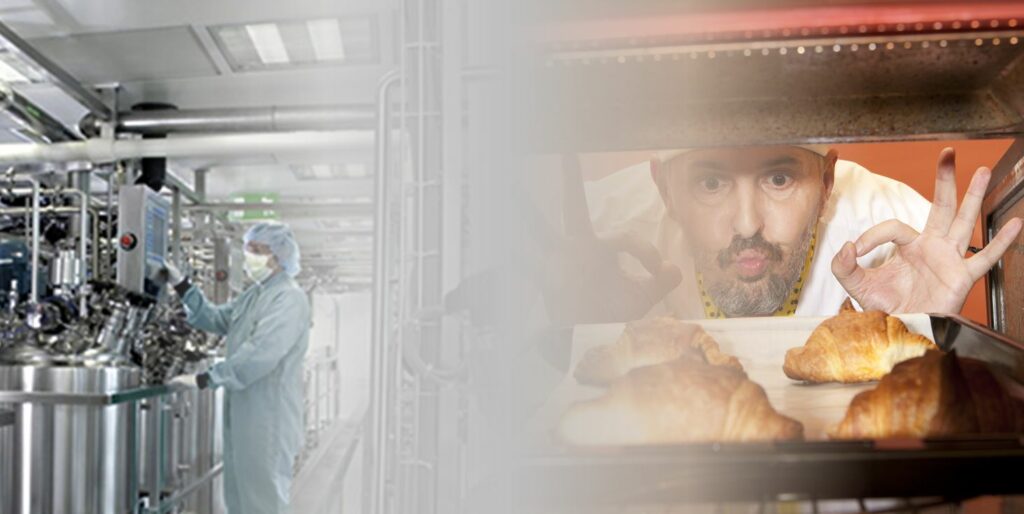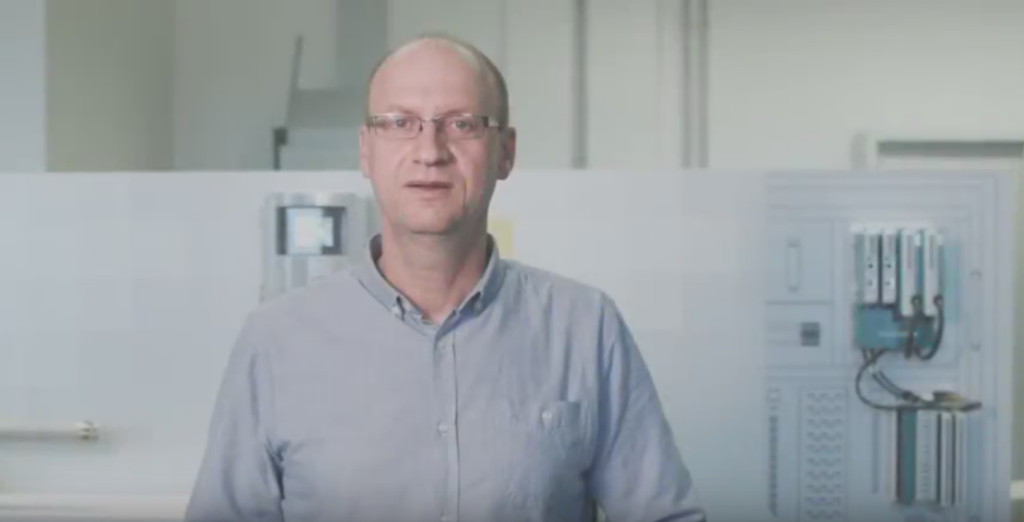In the kitchen: batch process
Food preparation in kitchen has long been used to explain concepts of Process engineering, particularly the Batch process. [ot-link url=”http://www.isa-88.com/”]ISA[/ot-link] uses Yogurt preparation for [ot-link url=”https://www.yokogawa.com/de/dcs/batch/bestandteile-isa-88.htm?nid=left”]explaining S88 concepts[/ot-link] (link in German). Yokogawa uses Iced Tea preparation as an example. Recently in a meeting about Modular Production, an electric cooker was used to explain a smart module. Has all these automation in the kitchen made the food taste any better? That’s a different discussion. But maybe we can learn a thing or two from the kitchen?! Believe me.
First, during my research I came across this.
[ot-caption title=”Quote” url=”https://www.yokogawa.com/eu/blog/chemical-pharma/app/uploads/2017/07/Blog_Pharma01.jpg”]
The general opinion is that we need to improve and to learn. Let’s take a closer look in today’s kitchen. The similarities to modular automation and Batch process automation are undeniable. It might not be completely right to compare these two industries or the kitchen to Pharma production. But indeed there are lots of similarities though.
Electric cooker is almost a reactor unit…
Let’s take a smart electric cooker. This seems simple but it is actually a Reactor Unit with its own intelligence. From running a single unit procedure to a whole recipe, these modern electric cookers have all the options. It can cut, knead, mix, blend and cook in Automatic and Manual cooking modes. The only missing features are electronic signature, electronic records and a MES. Probably, we just have to tweak the child lock function for electronic signature. If we are able to connect multiple devices in the kitchen together, we could also achieve a MES layer. And there is the Sous-Vide method which reminded me of the Single Use Bioreactor.
Another obvious property of the kitchen is modularity. If we take the [ot-link url=”https://www.zvei.org/”]ZVEI[/ot-link] recommendations for [ot-link url=”https://www.zvei.org/presse-medien/publikationen/process-industrie-40-the-age-of-modular-production/”]Modular Production in Process industry[/ot-link], we could again use kitchen for explanation
– Plant Design: The kitchen itself is modular.
– Process Technology: The cooking process is also already modular cut, mix, heat, cool etc.
– Automation: Presently not fully automatic, it needs operator intervention. All the smart devices (food processor, Electric cooker, Oven etc.) together still have a very effective automation.
What can we learn from the kitchen in the automation industry?
1. Modularity: We should be able to deliver our software and solutions that are completely modular.
2. Variety of solutions in the market: We don’t give our customers enough options on solutions. Either there is a market leader pushing for a particular technology or the custom-made solutions are too expensive to create and to maintain. We need different industry based solutions which are able to work together based on a common platform for better interoperability.
3. Think of the Operator: Kitchen appliances address the chef (Operator). How easy and efficient it is to use this machine. We try to address the project engineers and there is less focus on the end user.
Where are we now?
Everyone is aware of these limitations in the process industries. But there are institutions working on various concepts to make this better. Modular production concepts from [ot-link url=”https://www.yokogawa.com/eu/blog/chemical-pharma/en/hmi-2017/”]ZVEI[/ot-link], [ot-link url=”http://www.namur.net/en.html”]NAMUR[/ot-link] [ot-link url=”https://www.yokogawa.com/eu/blog/chemical-pharma/en/the-thin-line-between-it-and-ot/”]MTP[/ot-link], [ot-link url=”http://www.werum.com/en/it-solutions/plug-produce/”]ISPE’s Plug and Produce[/ot-link], Open group and [ot-link url=”https://www.yokogawa.com/eu/blog/chemical-pharma/de/offen-kommunizieren/”]Namur Open Architecture[/ot-link] (Link in German) and many more are working towards the betterment of the industry. The aim is to overcome the difficulties we face at this moment even though “technically” everything is possible.
Current developments in drug invention will hopefully create a demand for these technological changes. Possible drivers could be personalized medicine and new production processes. Without the necessity and demand no company will change their existing production methods. The process industry can prove that it is not lagging behind in development. [ot-link url=”https://www.yokogawa.com/eu/blog/chemical-pharma/de/industrie-4-0/”]Industrie 4.0[/ot-link] (Link in German) is this opportunity.
Do have another example? For batch processing? Let’s talk about your ideas. Leave a comment!




